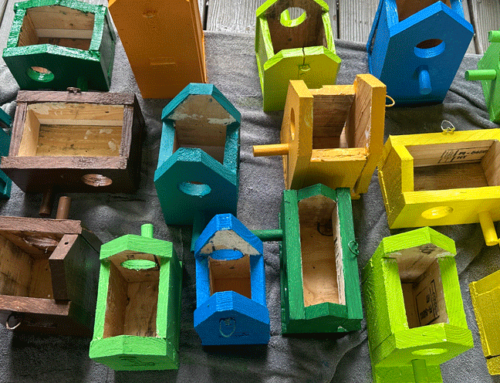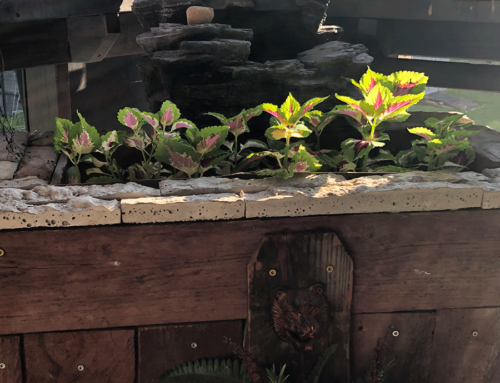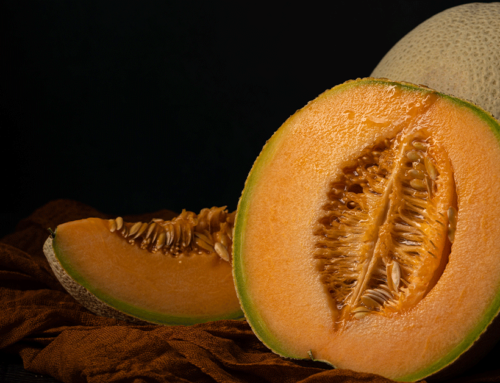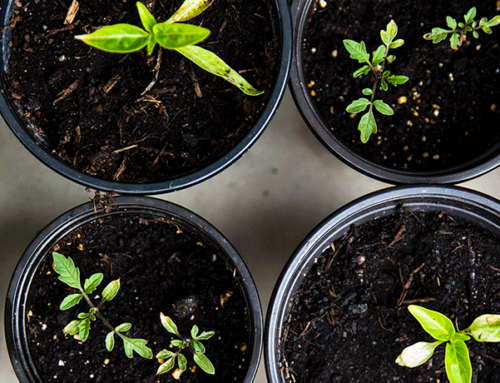So you wanna grow a garden? Congratulations. I applaud you for taking the first step into what I have found to be a very satisfying experience. From planting the seeds to harvesting the fruits, gardening adds a little bit more satisfaction to life in general.
But before you pick those tomatoes, harvest those beans, or clip those herbs, we have to consider the starting foundation for growing anything. Dirt. I know. Dirt isn’t the most romantic topic in the garden world, but it’s something you will be glad you took the time to consider come harvest time.
Everything starts with the dirt. Excuse me, soil.
Did you know there is a difference? Or that there is a difference in topsoil and garden soil? I didn’t either until I started gardening. I just thought soil was just “fancy expensive dirt”. Oh, the lessons we learn the hard way. Here are some of the things I’ve learned that might aid you in your garden journey.

Adam’s Garden of Eatin’ is a participant in the Amazon Services LLC Associates Program, an affiliate advertising program designed to provide a means for sites to earn advertising fees by advertising and linking to Amazon.com
#1 Dirt is not Soil.
Soil contains beneficial nutrients and organisms that feed your plants. Dirt does not. Dirt is essentially dead soil and usually does not make for a good gardening medium. But, sometimes you just have to use what you have and then adjust accordingly.
My Garden of Eatin’ is grown in southeast TN. Our soil is very rocky and not the most friendly to my tiller, so I supplement my dirt with store-bought soil.
After I pick out the rocks of course.
Lesson Learned: TN soil has good nutrients if you can get past the rocks

#2 Quality Matters.
In my first gardening season, I tilled my rocky churt plots and bought some cheap topsoil to mix with it. I usually bought the cheapest stuff I could find to save a dollar. It worked pretty well the first year. I had success. I did it again the following year. Same results. “Why mess with success?’ I thought.
Then my bell peppers didn’t produce one season. The same result the year after that. I also started to notice my other vegetables weren’t producing as much as in prior years either. I came to learn the topsoil that I was mixing in every season wasn’t adding enough “fuel” for my plants to thrive.
They needed more nutritious soil.
So I took the hint and stepped up my soil game this season. I went and bought some very nice garden soil from my local garden center because I was tired of not getting any bell peppers. Two truck bed loads later and a lot of shoveling, I now have excellent dirt in my garden plots and my plants are loving it.
Lesson Learned: Good garden soil is worth the extra $.

#3 Location
I have seen plenty of HGTV shows that portray people going out into their yard, easily sinking a shovel in the ground, and digging up this beautiful, cultivated, black dirt with not a drop of sweat to show for their effort. If you’re this person, I am very jealous of you and the soil in which you garden. Enjoy your utopia.
My garden is grown in East TN and a hole with rich black soil isn’t happening straight from nature. If you want that, the first tool you’re going to need is a pickax, not the shovel. Followed by the dry t-shirt to change into after you’ve sweated through the first one from having to dig through rocks.
Your location will have an effect on your soil quality. That’s just how it works. Some states have different types of soil. The west coast isn’t going to have the same soil quality as the east coast and the gulf coast isn’t going to have the same soil as the Midwest.
I highly recommend testing your soil with a soil test kit before you plant anything. You can find some here. A soil test will tell you what your soil is lacking in nutrients and what additions you need to make before planting anything. It is always a lot easier to amend the garden soil before you plant.
Lesson Learned: Test your soil with a soil test kit before you plant.

Your location will have an effect on your soil quality. That’s just how it works. Some states have different types of soil. The west coast isn’t going to have the same soil quality as the east coast and the gulf coast isn’t going to have the same soil as the Midwest.
I highly recommend testing your soil with a soil test kit before you plant anything. You can find some here. A soil test will tell you what your soil is lacking in nutrients and what additions you need to make before planting anything. It is always a lot easier to amend the garden soil before you plant.
Lesson Learned: Test your soil with a soil test kit before you plant.
#4 Compost
One of my favorite ways to amend my garden is through composting. Compost is the end result of dying and decaying plant matter. It is very nutritionally beneficial to your garden plants. Composting and gardening go hand in hand because each one feeds the other.
Plus it’s the perfect way to use up those dead plants and fallen leaves instead of bagging them up and dragging them to the curb.
I save all my dead plants and clippings from the garden and add them to my compost bins. I like to use the Tumbleweed Composter. I love this composter because it doesn’t stink or look out of place in my garden and is very simple to use. Just fill it up with organic material, add some water, and flip it every so often. That’s it. I keep two composters working year-round. I usually fill up one completely and then by the time the other is full, the first one has decomposed into garden-ready compost. I have added accelerators in the past. This speeds up the break-down process. A compost pile is going to smell. It’s a decaying matter after all. However equal parts of green matter (food scraps, yard clippings, etc…) and brown matter (dried leaves, sticks, twigs, etc…) will keep the rotting smell to a minimum. If it starts to smell, add more brown matter. Compost is garden-ready when it does not have any more decaying or rotting smell to it.
It just smells of “fresh earth”.









Leave A Comment